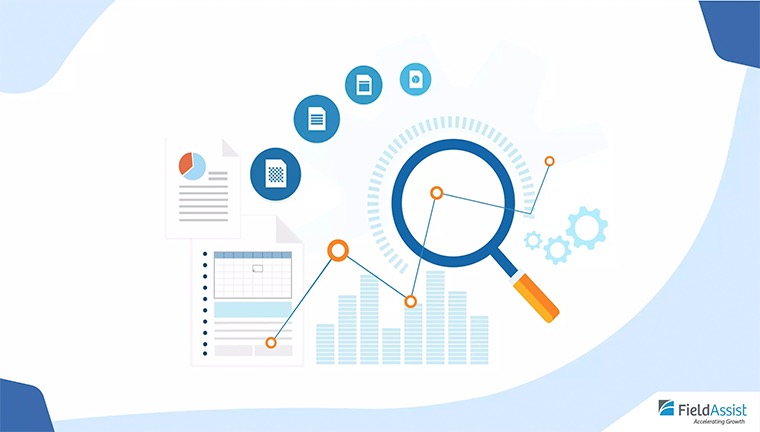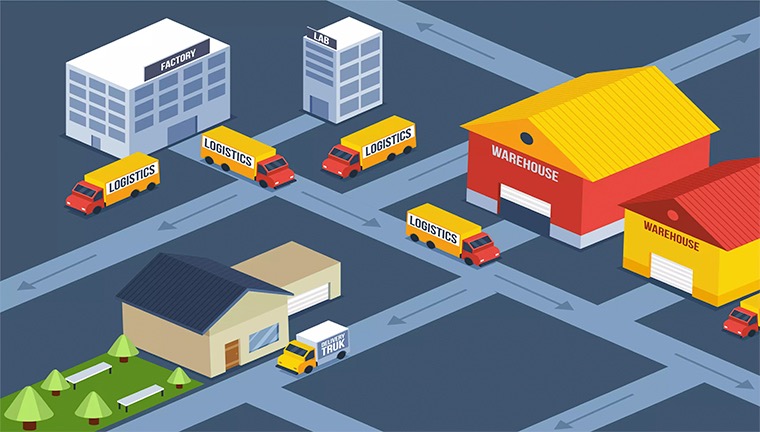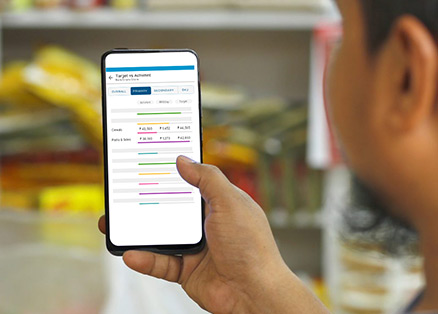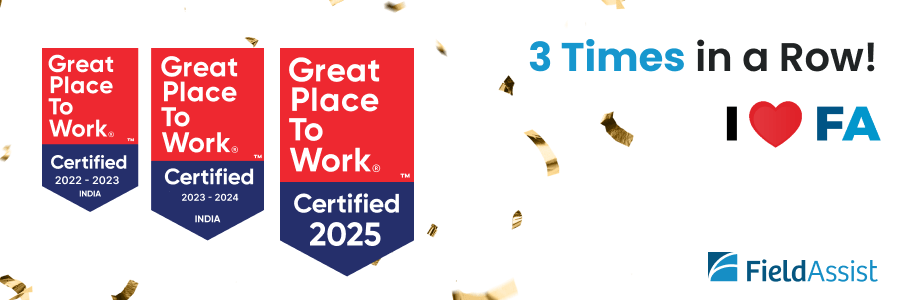80% of Field Data Collected by Retail Companies Goes Unused for Analytics. Here’s How to Translate it into Action.
In today’s competitive world, businesses are eagerly investing time and money to collect more data about their sales, customers, and operations. They understand the importance of adopting a data-driven strategy. But the real problem is not the data collection part as such but the exploitation of the available data to create actual value for the organization, Retail Intelligence!!. This results in the organization being left behind in a competitive market that is constantly evolving in terms of data and its use. Very soon stagnancy of sales, poor productivity, and delay in making strategic decisions show up as inevitable consequences of the organization’s doorstep.
Today almost every brand has equipped itself with Retail Intelligence technology to collect enormous amounts of data about their products, team, outlets, sales, clients, etc. Unfortunately, they still lack the expertise to leverage this volume of data to increase their sales and constantly grow in the face of competition. For instance, total calls, productive calls, retailing time and lines cut data are collected in the Sales Automation Platform by almost all the CPG companies. But only a handful of the sales managers of these firms use this to map the market coverage, range selling and strategize in the right direction. Even though the data points and their use might seem like a small addition but if done over time and in the right way, it might be the difference between a successful and a shaky brand.
Back to Basics – Retail Intelligence
A harsh truth of today’s market is that businesses need to revisit the basics of retailing. Your sales won’t improve until your salesmen spend the required amount of time in the market, add new outlets, and do range selling.
How to Improve Coverage using Retail Intelligence?
Coverage is the percentage of outlets covered out of the outlet universe. A few reasons behind poor market coverage are low retailing time, ineffective beat planning, Improper Outlet Segmentation, and poor beat health. And to improve coverage, you might want to target metrics such as First Call Time, Retailing Hours, Strike Rate, Total Calls (TC), Productive Calls(PC) No. of Outlets in a Beat, Beat Frequency as per the Outlet Segmentation, No. of Outlets Not Visited and No. of New Outlets Added.
A productive salesman does 40-45 calls in Delhi/NCR Region. Some salesmen even do around 60 TC. How many calls does your salesman make? If this number is less than 40, it is a red flag. You must immediately react to it and shift your focus to improving productive calls as it will directly impact the coverage. This is how you can leverage retail analytics.
How to Improve Range Selling using retail intelligence?
Let’s suppose that your company has 100 SKUs with lines cut of 5 for each outlet. Now you know that range selling is one of the areas you should target for improvement. One of the reasons behind such a low range selling might be that you have not used data at your hand to find Focus SKUs, Fast Moving SKUs, and Must-Sell SKUs. And even if you figure it out, you still have to evaluate the reason for no sales of those SKUs. Another reason could be non-communication of scheme information to retailers. Retail analytics can help you eliminate all these issues.
However, these issues can be resolved to foster better range selling through Retail Intelligence. The primary thing to do is create proper segmentation of your SKUs and then train your salesmen accordingly. Key metrics such as Lines Cut Per Call, Focus SKU sales, Must Sell SKU Sales, Fast Moving SKU Sales and Reason for No Sale must be targeted.
Innovative Incentive Model
Often organizations struggle even if they have translated the data into actionable insights. The main reason is that they try to do this by just putting extra pressure on the team. What they actually need is an innovative incentive model to keep the team motivated, encouragement rather than compulsion. The incentive model should be based on the KRAs which needs to be improved. If your current lines cut per outlet is 5, then you should incentivize this metric for the extra lines cut per outlet. KRAs such as Productive Calls, Total Calls, Lines Cut per Outlet, Retailing Time should be part of your incentive model.
Stick to Basics, Analyze the Data and Act Smartly
From small to big brands, All who have been using the same basic approach, have grown tremendously. They properly analyze the available data through Retail Intelligence and act at the right time. Now is the time for you to reap complete benefits out of the data that is lying in your backyard. Revisit the basics, analyze your data, build your own retail intelligence and act.
About Post Author
Nikhil Aggarwal
Driven by his passion for growth through automation, Nikhil takes pride in embarking his clients through a transformational journey and helps them be a more resilient, agile, and future-ready brand.
















